Services
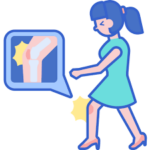
Osteoarthritis
A type of arthritis that occurs when flexible tissue at the ends of bones wears down.
The wearing down of the protective tissue at the ends of bones (cartilage) occurs gradually and worsens over time.
Joint pain in the hands, neck, lower back, knees, or hips is the most common symptom.
Medication, physiotherapy and sometimes surgery can help reduce pain and maintain joint movement.
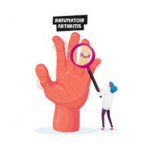
Rheumatoid Arthritis
A chronic inflammatory disorder affects many joints, including those in the hands and feet.
In rheumatoid arthritis, the body’s immune system attacks its own tissue, including joints. In severe cases, it attacks internal organs.
Rheumatoid arthritis affects joint linings, causing painful swelling. Over long periods of time, the inflammation associated with rheumatoid arthritis can cause bone erosion and joint deformity.
While there’s no cure for rheumatoid arthritis, physiotherapy, and medication can help slow the disease’s progression.
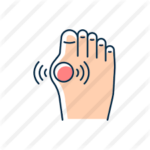
Gouty Arthritis
A form of arthritis characterized by severe pain, redness, and tenderness in joints.
Pain and inflammation occur when too much uric acid crystallizes and deposits in the joints.
Symptoms of gout include severe pain, redness, and swelling in joints, often the big toe. Attacks can come suddenly, often at night.
During an acute attack, anti-inflammatory medication (NSAIDs) can help to relieve pain and shorten the duration of the attack. Patients with chronic gout can use behavioral modifications such as diet, exercise, and decreased intake of alcohol to help minimize the frequency of attacks. Additionally, patients with chronic gout are often put on medication to reduce uric acid levels.
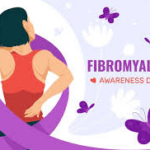
Fibromyalgia
Widespread muscle pain and tenderness.
Fibromyalgia is often accompanied by fatigue and altered sleep, memory, and mood.
Widespread muscle pain and tenderness are the most common symptoms.
Medication, talk therapy, and stress reduction may help in controlling the symptoms.
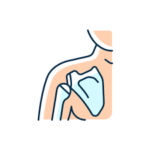
Childhood Arthritis
Arthritis in children is called childhood arthritis or juvenile arthritis. The most common type of childhood arthritis is juvenile idiopathic arthritis (JIA), also known as juvenile rheumatoid arthritis. Childhood arthritis can cause permanent physical damage to joints.
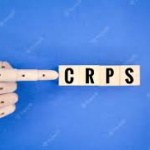
CRPS
Complex regional pain syndrome (CRPS) is a neurological condition that causes pain and other symptoms in your extremities — most commonly your hand. There are several treatment options for CRPS. The sooner you receive a diagnosis and treatment, the more likely your symptoms will improve.
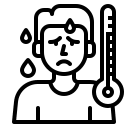
Prolonged Fever
Persistent (chronic) fevers are typically defined as fevers lasting more than 10 to 14 days. A fever can mean a lot of different things, but most low-grade and mild fevers are nothing to worry about. Most often, an increase in body temperature is a normal response to an infection, like a cold or the flu.
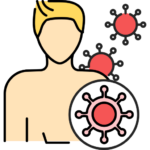
CTD
A connective tissue disease is any disease that affects the parts of the body that connect the structures of the body together. Connective tissues are made up of two proteins: collagen and elastin. Collagen is a protein found in the tendons, ligaments, skin, cornea, cartilage, bone and blood vessels.
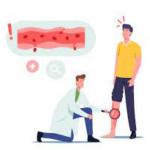
Vasculitis
Inflammation of the blood vessels causes changes in the blood vessel walls.
Vasculitis can cause vessel walls to thicken and narrow, cutting off vital blood supply to tissues and organs.
Symptoms include fever, fatigue, weight loss, and muscle and joint pain.
Some forms of vasculitis improve on their own. Others require medication.
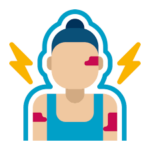
Autoimmune Disease
Immune System Disorders cause abnormally low activity or over-activity of the immune system. In cases of immune system overactivity, the body attacks and damages its own tissues (autoimmune diseases). Immune deficiency diseases decrease the body’s ability to fight invaders, causing vulnerability to infections.
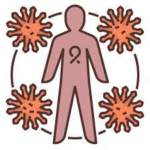
Immunodeficiencies
Immunodeficiency results from a failure or absence of elements of the immune system, including lymphocytes, phagocytes, and the complement system. These immunodeficiencies can be either primary, such as Bruton disease, or secondary, as the one caused by HIV infection.
